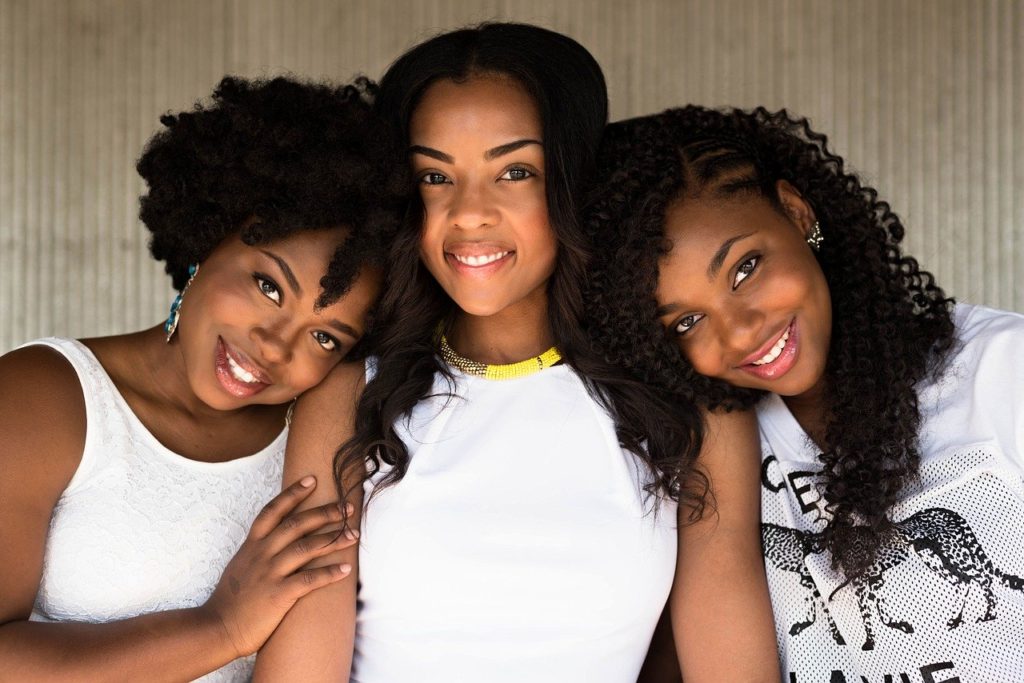
Our need for iron differs according to age, sex, stage of growth and development, reproductive state, and so on.
In Nigeria, we have a large number of women, especially those of reproductive age (15-49 years), who are dealing with iron deficiency anaemia. Women in this age group go through menstruation, pregnancy, and lactation, amongst other things, which increase their demand for iron.
Adolescence is another period of intense growth and development where nutrient needs at their highest. While boys age 14 -19 years require more energy and protein, adolescent girls of that same age bracket require more iron.

Also, statistics show that iron deficiency is also one of the most common nutritional deficiencies in children. Over 40% of children under 5 years in the world are anaemic. The implications of this is terrible for the future.
In our climes, malaria, parasitic infections, infectious diseases, and other nutritional deficiencies like Vitamin A, Vitamin B12 and folate also increases the risk of anaemia.
So, iron needs for everyone differ.
Here is a table showing how much Iron you need:
| Life stage (Age group) | Iron (mg/d) |
| Infants 7-12 months | 11 |
| Children 1-3 years | 7 |
| Children 4-8 years | 10 |
| Boys 9 -13 years | 8 |
| Boys 14 -18 years | 11 |
| Boys/Men 19 – 70 years | 8 |
| Men above 70 years | 8 |
| Girls 9 -13 years | 8 |
| Girls 14 -18 years | 15 |
| Women 19 – 50 years | 18 |
| Women 51 -70 years | 8 |
| Women above 70 years | 8 |
| Pregnant women (including pregnant adolescents 14 -18 years) | 27 |
| Breastfeeding women 14 – 18 years | 10 |
| Breastfeeding women 19 -50 years | 9 |


